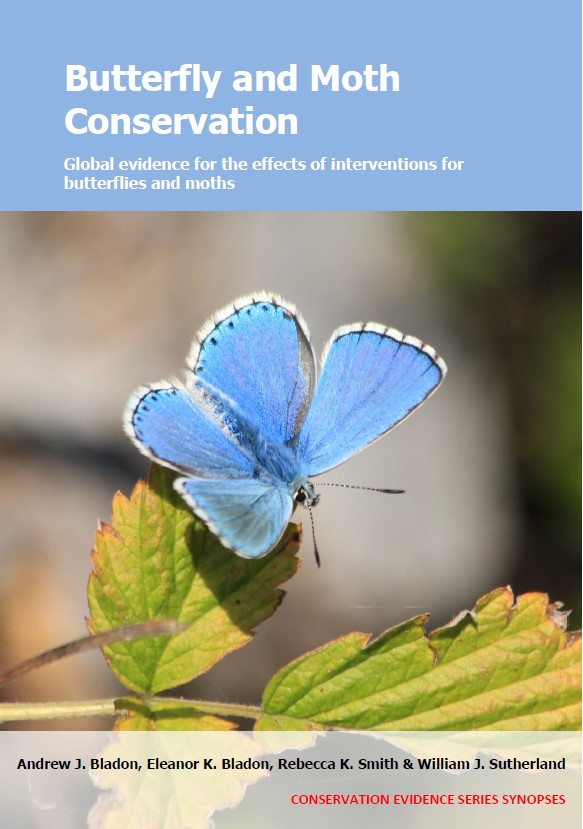Grow native trees within perennial crop plantations
-
Overall effectiveness category Awaiting assessment
-
Number of studies: 1
View assessment score
Hide assessment score
How is the evidence assessed?
-
Effectiveness
not assessed -
Certainty
not assessed -
Harms
not assessed
Study locations
Supporting evidence from individual studies
A replicated, site comparison study in 2007 in 18 coffee farms and six forest fragments in Costa Rica (Pérez-Garcia et al. 2018) found that farms with a native tree species had a greater diversity of butterflies than farms with one non-native species, but a similar diversity to farms with two non-native species, while abundance and species richness were similar on all farms. On farms with coffee crops mixed with a native tree there was a higher diversity of forest butterflies than farms with crops mixed with one non-native tree, but a similar diversity to farms with crops mixed with two non-native trees and lower than forest fragments (see paper for details). However, the abundance (12.5 individuals/site) and species richness (6.5 species/site) of forest butterflies on farms with native trees was similar to farms with one (abundance: 15.8 individuals/site; richness: 4.3 species/site) or two non-native trees (abundance: 18.5 individuals/site; richness: 7.0 species/site), and lower on all farms than in forest fragments (abundance: 49.0 individuals/site; richness: 19.3 species/site). Eighteen coffee farms were managed with mountain immortelle Erythrina poeppigiana shade trees. Six farms also mixed crops with native salmwood Cordia alliodora, six mixed with non-native banana or plantain Musa spp., and six had no additional trees. From May–July 2007, butterflies were surveyed once/month along three parallel 80-m transects (25 m apart) in each farm, and in six forest fragments.
Study and other actions tested
Where has this evidence come from?
List of journals searched by synopsis
All the journals searched for all synopses
This Action forms part of the Action Synopsis:
Butterfly and Moth Conservation
Butterfly and Moth Conservation - Published 2023
Butterfly and Moth Synopsis





)_2023.JPG)














